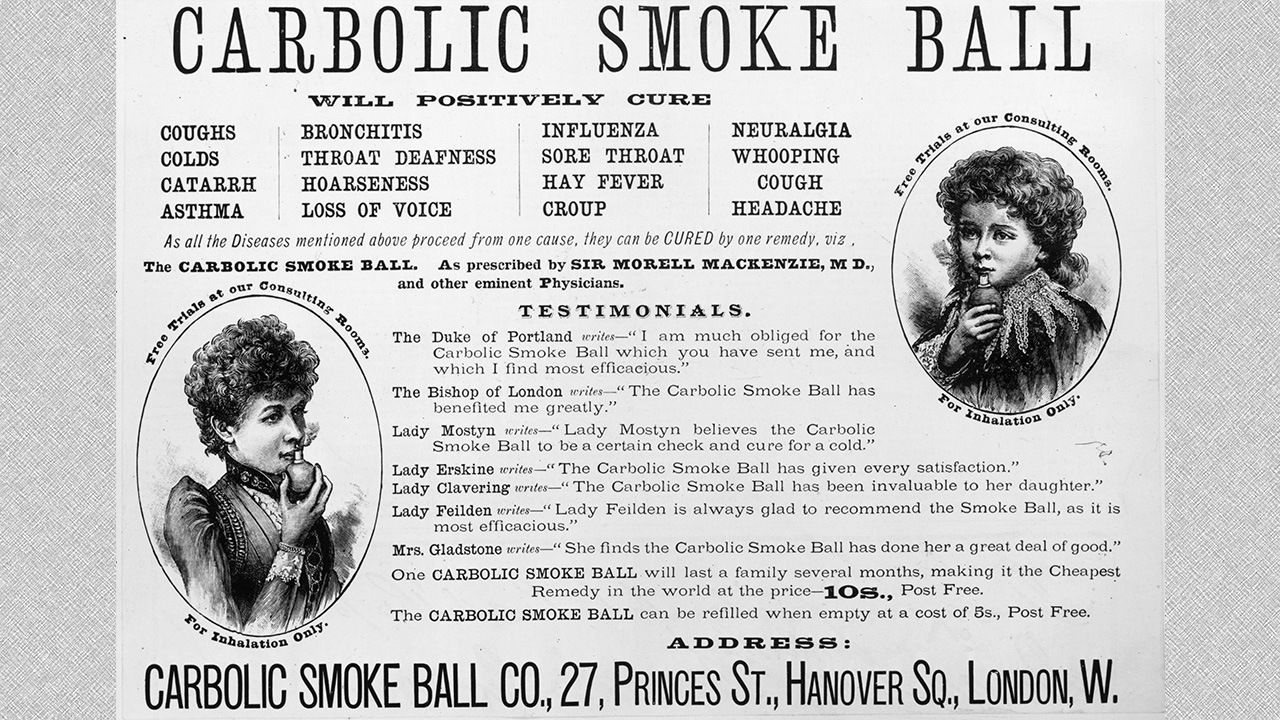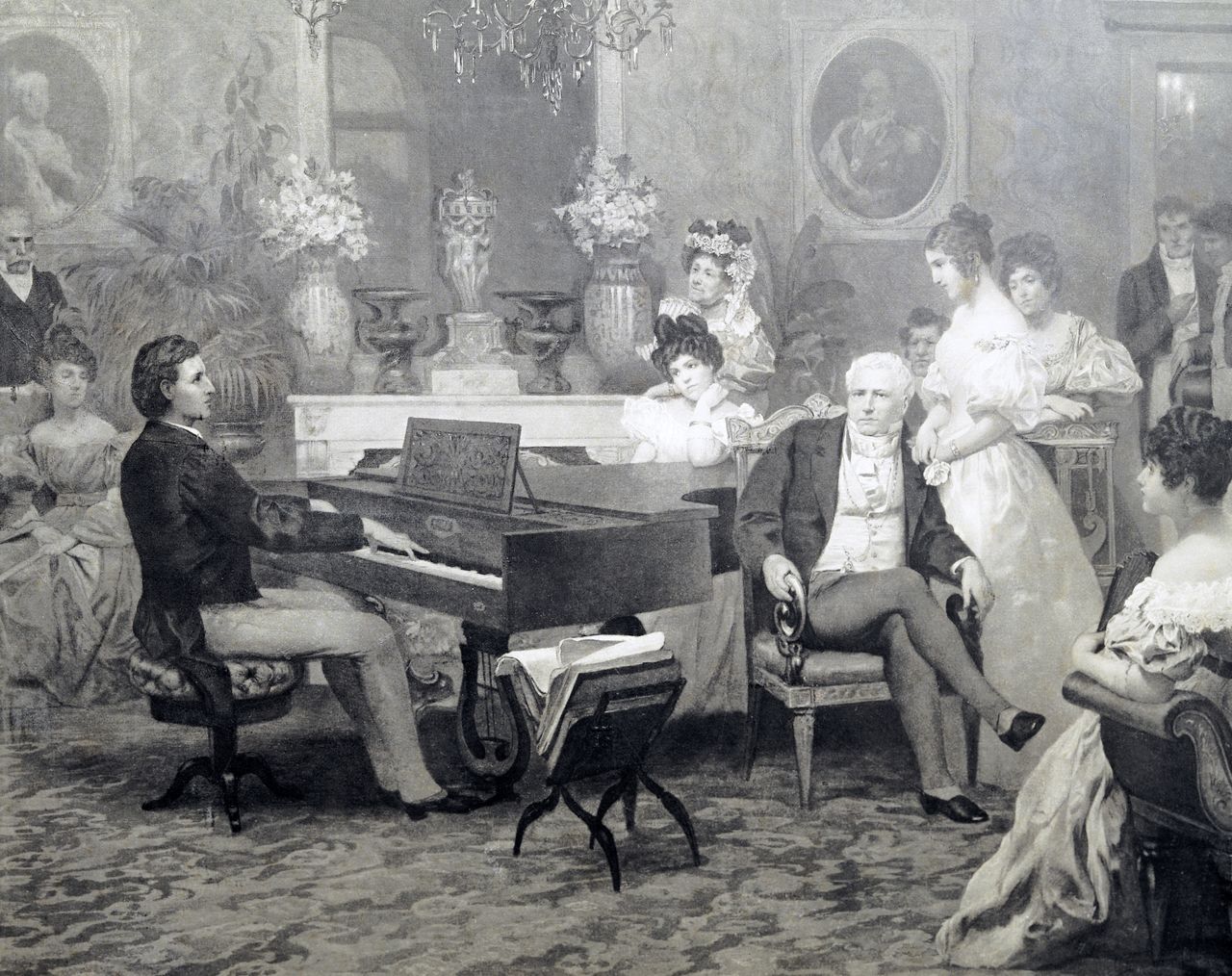
Population Spread Brought Influenza Along with It
Health Environment Society History- English
- 日本語
- 简体字
- 繁體字
- Français
- Español
- العربية
- Русский
Pandemics of the Past
The German physician and medical writer Justus Hecker (1795–1850) noted in his medical encyclopedia that there had been an influenza outbreak in 1510. Hecker, an epidemiologist who studied plague, smallpox, and other infectious diseases, is known as the founder of the study of the history of infectious disease. Historians of the same era recorded that influenza had appeared in North Africa and spread along trade routes to the Middle East, becoming prevalent in Jerusalem, Mecca, and other cities, from where it spread to Europe.
In Italy, influenza appeared soon after a ship from Malta had docked at one of its port cities. The infection spread like wildfire throughout the country, prompting Pope Julius II to declare that the spread of infection was “caused by the wrath of God.” Influenza subsequently traveled from the Holy Roman Empire to northern Europe, headed toward Latvia, Lithuania, and Estonia, and struck France and England. At its peak, influenza was said to have killed up to 1,000 Paris residents a day.
In 1557, influenza spread from the Ottoman Empire to Europe and Africa along trade routes before crossing the Atlantic Ocean to the Americas. This particular strain of influenza was highly contagious and caused many deaths. Pandemics occurred intermittently over the next several years, causing a sharp spike in deaths in Europe, and spread to virtually every continent. Italy, England, France, the Netherlands, Spain, and other countries endured previously unheard-of levels of deaths.
According to research data from over one hundred parishes in England, the death rate was over 60% in some parishes. In London alone, over eight thousand people died. In Scotland, Queen Mary and everyone at her court contracted influenza. So many farmers died that crops could not be harvested, and food shortages, coupled with a second wave of influenza, caused widespread social and economic disruption. Medical historians believe that this outbreak prompted the first-ever convening of experts by the government and bureaucrats creating infection prevention measures.
A different pandemic started in Asia in 1580, spreading via the Silk Road and the Middle East to Europe and Africa. Six weeks later, it appeared in North America. Many records concerning this pandemic still exist, which indicate that many deaths occurred as influenza spread throughout Europe. During Europe’s Age of Exploration, new sea trading routes and troop movements spread the virus throughout the world, and many cities in Spain lost considerable percentages of their population to it.
In 1588, influenza broke out again in England and Ireland, and records of the time note that people everywhere were being felled by the virus. Another outbreak, likely caused by a variant of the virus, spread in Europe and North America in 1593, causing a pandemic. In settlements near what is now Boston, especially, nearly every family was affected, with almost no one remaining unscathed.
Waves Continue in the Eighteenth and Nineteenth Centuries
Another wave of influenza appeared in 1729, as the virus spread from Russia westward to other countries. In six months, it was present everywhere in Europe, and fresh waves spread across the world over the next three years. The death rate from the third wave was higher than that of the second, and it is estimated that fully one third of humanity was infected with the virus.
The next pandemic occurred 50 years later, in 1781–82. This time it began in China and had reached Europe 10 months later, via Russia. At its peak, influenza was infecting roughly 30,000 people a day in St. Petersburg and had hit more than 60% of the population of Rome and 70% of England’s population.
Another four waves of influenza occurred between 1830 and 1848. The one that began in 1830–31 is highly likely to have started in China as well. By 1833, it had travelled westward from Russia into Europe. In 1836–37, influenza spread this time north to south. In 1847–48 a pandemic passed via the Mediterranean into southern France, from where it spread to other parts of western Europe, infecting people everywhere on the continent. In the midst of these widespread epidemics, the Polish pianist and composer Frederic Chopin (1810–49) came down with influenza twice, in 1832 and 1837. Some theorize that the emotional highs and lows of his “Winter Wind” Etude in A minor, Op. 25-11, which he composed around that time, expressed the suffering that influenza brought.

Chopin performing at the piano at the salon of Prince Antoni Radziwill (1775–1833). Property of the Fryderyc Chopin Museum. (© DeAgostini/Getty Images)
In London, especially, sources say that the influenza wave of 1847–48 caused a greater number of fatalities than the cholera outbreak of 1832–33 in the city, which killed between 4,000 and 7,000 people. Influenza epidemics occurred 25 times in the eighteenth and nineteenth centuries, of which 12 were likely to have been pandemics.
Apart from those epidemics, a new wave of disease called the “Russian flu” began spreading from the southern part of Russia in 1889–90, spreading all over the world and killing an estimated 1 million people or more. Up until the Spanish flu, this Russian flu was the most extensive epidemic to have occurred. However, recent research seems to show that the Russian flu was caused by a coronavirus and was not in fact influenza.
Influenza Epidemics in Japan
In Japan, there is documentation showing that influenza epidemics have occurred since at least the Muromachi period (1333–1568). One of Japan’s oldest extant history texts, the Sandai jitsuroku (The True History of Three Reigns of Japan, completed in 901), covering the period 858–887, states that influenza was rampant in Heiankyō (now Kyoto) and its adjacent provinces, and elsewhere in the country.
In 872, the Sandai jitsuroku notes that gaigyaku had been widespread since the previous winter in and outside the five Kinai provinces of Kyoto, Yamashiro, Yamato, Kawachi, and Settsu, causing numerous deaths.
What does gaigyaku refer to? According to Ishinpō—Japan’s surviving oldest medical text, dating from 984—gaigyaku, an influenza-like illness accompanied by coughing, was also referred to as shiwabuki, a different reading of the same kanji (咳逆). Tsunoda Takafumi, an infectious disease specialist and medical historian, notes a passage in the Tale of Genji describing Yūgao suffering from a headache and shiwabuki, symptoms consistent with influenza.
The historical tale Ōkagami (The Great Mirror), completed in the late eleventh or early twelfth century, mentions the Emperor Ichijō dying at age 32 in 1011, after coming down with shiwabuki, an illness like influenza. Masukagami (Clear Mirror), another historical tale written in the early fourteenth century, relates that an epidemic of shiwabuki had caused many deaths.
In the Edo period (1603–1868), influenza epidemics swept through the country several times. The sickness that spread in Edo (Tokyo) in 1716, presumed to have been influenza, killed over 80,000 people in one month. An account of the time noted that “Crematoriums cannot handle all the dead; the bodies of the poor are wrapped in straw matting and given a water burial in Edo Bay off Shinagawa.”
One interesting aspect to observe is that influenza epidemics were given names like Oshichi kaze (the Oshichi flu), Okoma kaze (the Okoma flu) or Tanikaze, reflecting popular preoccupations at the time. Oshichi was a greengrocer’s daughter, disappointed in love, who committed arson in the hope of reuniting with her lover; she was burned at the stake for her crime. Okoma refers to the unlucky Okoma of Shirokiya, a character in a popular bunraku puppet play. Tanikaze, meanwhile, was the name of a famous sumō wrestler who joked, “If you want to see me lose a bout, come to a tournament when you have a cold.” Ironically, Tanikaze succumbed to the influenza epidemic raging in Edo in 1795 at the age of 44, in the midst of an unbroken 35-win streak.
A detailed account of epidemics in the Edo period can be found in Nansō Satomi hakkenden (The Eight Dog Chronicles) by the popular novelist Takizawa (Kyokutei) Bakin (1767–1848). According to Bakin’s collection of essays, starting around September 1825, a coldlike illness swept through the country, spreading from Edo to Kyoto, Osaka, and Nagasaki. This epidemic was so contagious that “in a family of 10 people, not one was unaffected,” and it was followed by a second wave the following year.
In those days, many people were concerned with the source of the affliction. A satirical verse of the day had it that “Couriers employed by Jūshichiya will surely bring colds with them,” a reference to the hikyaku couriers traveling on the Tōkaidō road between Edo and Kyoto and spreading colds.
Following the end of Japan’s long period of seclusion in the mid-nineteenth century, travel between Japan and the West brought infectious diseases back to the country. There were epidemics of cholera, smallpox, measles and other illnesses during this period. Although no accurate records exist, it is estimated that up to 100,000 Japanese a year died from imported infectious diseases. The influenza epidemic of 1854 came to be called the “American flu,” perhaps because the public believed the affliction had arrived in Japan together with Matthew Perry’s fleet of “black ships” the previous year.
The Industrial Revolution in the eighteenth century greatly stimulated mobility. As people began to travel more to all corners of the world, the influenza virus spread along with them. There were repeated waves of influenza everywhere, eventually leading to the Spanish Flu in 1918, the most explosive spread of infection that the world had seen up to then.
(Originally published in Japanese. Banner photo: An 1892 advertisement for “carbolic smoke balls,” rubber balls containing medicine to prevent colds meant to be inhaled through the nose. Courtesy Hulton Archive/Getty Images.)